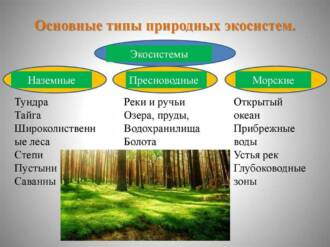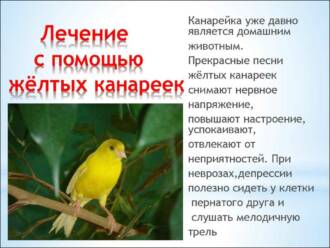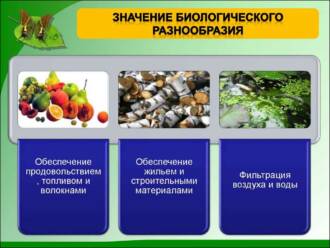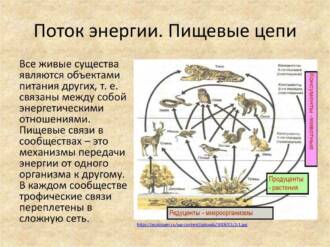
Butterflies are among the most beautiful and amazing creatures in nature. Their colorful wings and graceful flight movements attract people's attention and admiration. However, in addition to their aesthetic value, butterflies play an important role in ecosystems. Their presence or absence can serve as an indicator of the health of the environment.
Butterflies are important plant pollinators. They carry pollen from one flower to another, providing the process of pollination and reproduction of plants. Without butterflies, many plant species will not be able to reproduce, which will lead to an imbalance in the ecosystem. Therefore, if butterfly populations disappear or decrease in a certain area, this may be a sign of an ecological imbalance.
In addition, butterflies are an important food chain for many animals. Many birds and insectivorous animals feed on butterflies and their caterpillars. If butterfly populations decline, this can lead to a lack of food for other species, which can lead to their extinction or decline in numbers.
Thus, butterflies are important indicators of ecosystem health. Their presence indicates the presence of diverse and healthy plant communities, as well as the availability of sufficient food for other species. At the same time, the disappearance or decline of butterfly populations may indicate an imbalance in the ecological balance and problems in the environment that require attention and action to be taken to solve them.
The influence of butterflies on the ecosystem: why their presence or absence is important
Butterflies are important indicators of ecosystem health. Their presence or absence can serve as a significant indicator of the state of the environment and biodiversity. Butterflies interact with many other organisms in the ecosystem and perform a number of important functions.
Dust-bearing Lepidoptera and pollinators
Butterflies are one of the main pollinators of plants. They carry pollen from one flower to another, contributing to the pollination and reproduction of plants. Through this process, new seeds and fruits are formed, which is necessary to maintain the biodiversity and productivity of the ecosystem. The absence of butterflies entails a decrease in pollination of plants and a deterioration in their reproduction.
Components of food chains
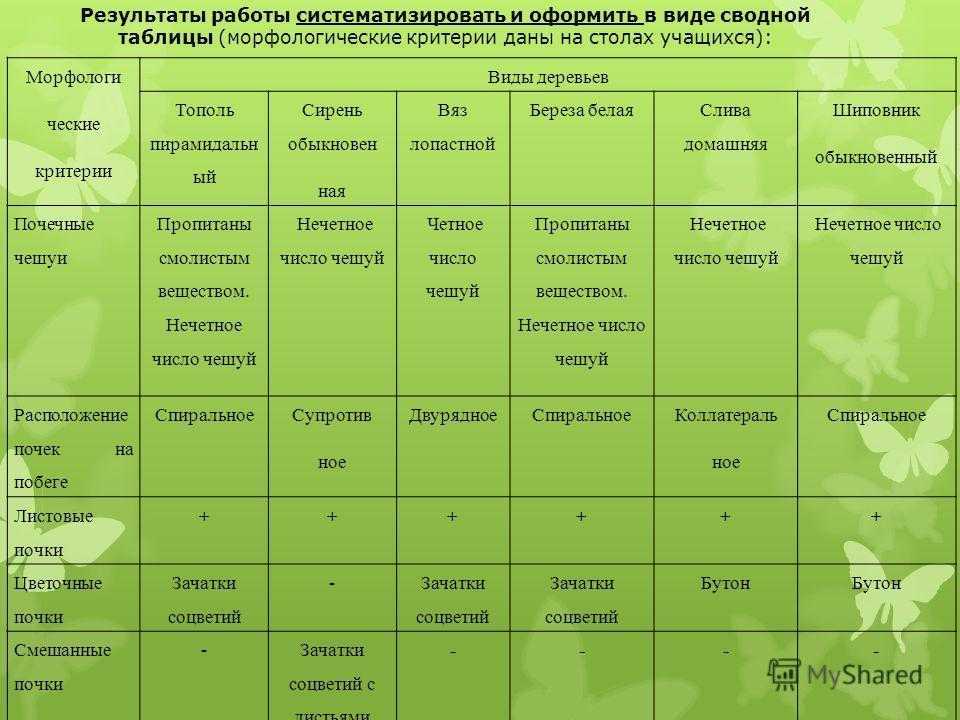
Butterflies are important links in the food chains of ecosystems. In turn, they serve as a food source for many other organisms such as birds, bats, insectivores, and even some fish. If the number of butterflies declines, it can lead to an imbalance in the food chain, which will affect the populations of other species and may cause their extinction.
Ecosystem health indicators
Butterflies are sensitive to environmental changes such as air pollution, loss of natural habitats, and pesticide use. Therefore, their presence or absence can serve as an indicator of the state of the ecosystem. If butterflies disappear from a certain area, this may indicate an imbalance in the ecosystem and the presence of problems with the environment. Therefore, the conservation and protection of butterflies is an important aspect of the conservation of the ecosystem as a whole.
The key role of butterflies
Butterflies play a key role in an ecosystem with several important functions.
Pollination of plants. Butterflies are important pollinators, carrying pollen from one flower to another on their legs and heads. This contributes to the reproduction of plants and the preservation of their genetic diversity. Without the participation of butterflies, many plant species would not be able to reproduce and survive.
Biodiversity. Butterflies are one of the most numerous and diverse classes of insects. They occupy various ecological niches and serve as food for many other animals such as birds and frogs. Without butterflies, the food chain would be out of balance and biodiversity in the ecosystem would be threatened.
Indicators of the ecological state. Butterflies are sensitive to changes in the ecosystem and can serve as indicators of its health. Their presence or absence may indicate the quality of air, water and soil, as well as the presence or absence of certain plant species. Changes in butterfly populations can indicate disturbances in the ecosystem and instability in the natural environment.
aesthetic value. Butterflies are considered one of the most beautiful insects. Their bright colors and graceful shapes attract attention and evoke positive emotions in people. Butterflies are an object of observation and study not only by scientists, but also by nature lovers, which contributes to the development of environmental education and environmental protection.
Butterflies as indicators of the health of nature
Butterflies play an important role in an ecosystem and can serve as indicators of its health. They are sensitive to environmental changes and can respond to pollution, habitat loss and climate change.
One way to use butterflies as indicators of nature's health is to monitor their populations. If the number of butterflies is declining, this may indicate negative changes in the ecosystem. For example, if there are fewer flowers in an area that butterflies rely on for food, their populations may decline.
Butterflies can also be indicators of air and water quality. They are sensitive to toxic substances and can indicate the presence of pollution in the environment. For example, if butterflies in a particular area become rare or their populations decline, this may indicate water or air quality problems in the area.
Butterflies can also serve as indicators of climate change. They may be susceptible to changes in temperature and precipitation, and their populations may respond to these changes. For example, if a certain area becomes much warmer or drier, this can lead to a decline in butterfly populations, which require certain conditions to reproduce and survive.
In general, butterflies are important indicators of the health of an ecosystem. Their presence or absence can give us valuable information about the state of the environment and enable us to take action to preserve and restore it.
Variety of butterfly species
Butterflies are one of the most diverse groups of insects. There are more than 180,000 known species of butterflies on Earth, and these are only those that have been described by scientists. However, it is believed that the actual number of butterfly species may be much higher, as many of them have not yet been studied.
Butterflies vary in size, color, wing shape, and lifestyle. Some species of butterflies have bright colors that serve to attract a mate or to scare away predators. Other types of butterflies have camouflage coloration that allows them to hide against the background of the environment.
Butterflies can be diurnal or nocturnal. Diurnal butterflies are active during daylight hours, when they have enough light to navigate and search for food. Butterflies, on the other hand, are active at night and have developed night vision.
Butterflies also differ in their way of life. Some species of butterflies migrate long distances across oceans and continents. Other types of butterflies spend their entire lives within a small area. There are also species of butterflies that only live for a few weeks, and there are those that can live for months or even years.
All these differences within a group of butterflies make them unique and important to the ecosystem. Butterflies play the role of pollinators of plants, helping them to reproduce, and are also food for other animals. Studying the diversity of butterfly species allows us to better understand and preserve the biological diversity of our planet.
Butterflies and pollination
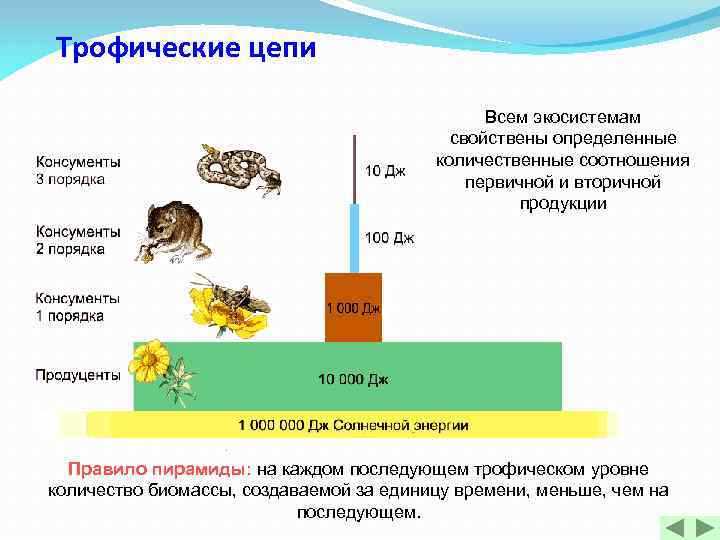
The role of butterflies in the process of pollination
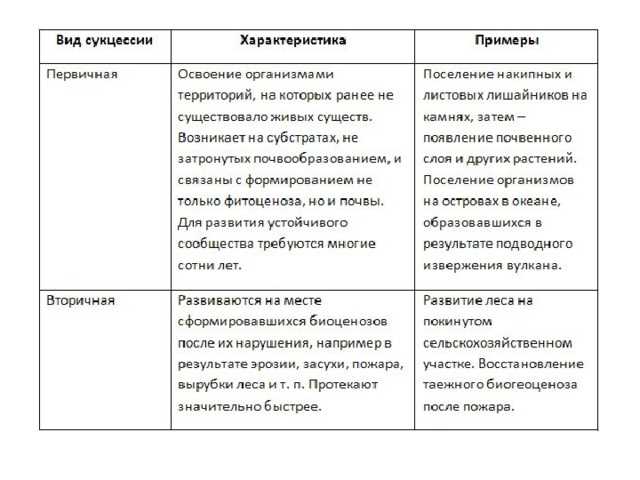
Butterflies play an important role in the process of pollination of plants. They are one of the main pollinators of flowering plants, especially those located at high altitudes or in hard-to-reach places. Butterflies are attracted to a flower by its nectar and pollen, which sticks to their body and is transferred to other flowers, contributing to their pollination.
Unique adaptations of butterflies for pollination
Butterflies have unique adaptations that help them carry out the pollination process. Some species of butterflies have long stretchy jaws that allow them to reach nectar from deep flowers. Other types of butterflies have long proboscises that help them dive into the flower to get nectar. In addition, butterflies can see ultraviolet light, which helps them locate flowers that contain nectar.
Importance of butterflies for pollination
The loss of butterflies can have serious consequences for the pollination process of plants. If the number of butterflies is reduced or they disappear from a certain ecosystem, this can lead to a lack of pollinators for plants, which in turn can lead to a decrease in plant fruiting and a deterioration in their diversity. The conservation of butterflies and their ecosystem is an important task for maintaining the biological balance and health of the ecosystem as a whole.
Interactions of butterflies with other organisms
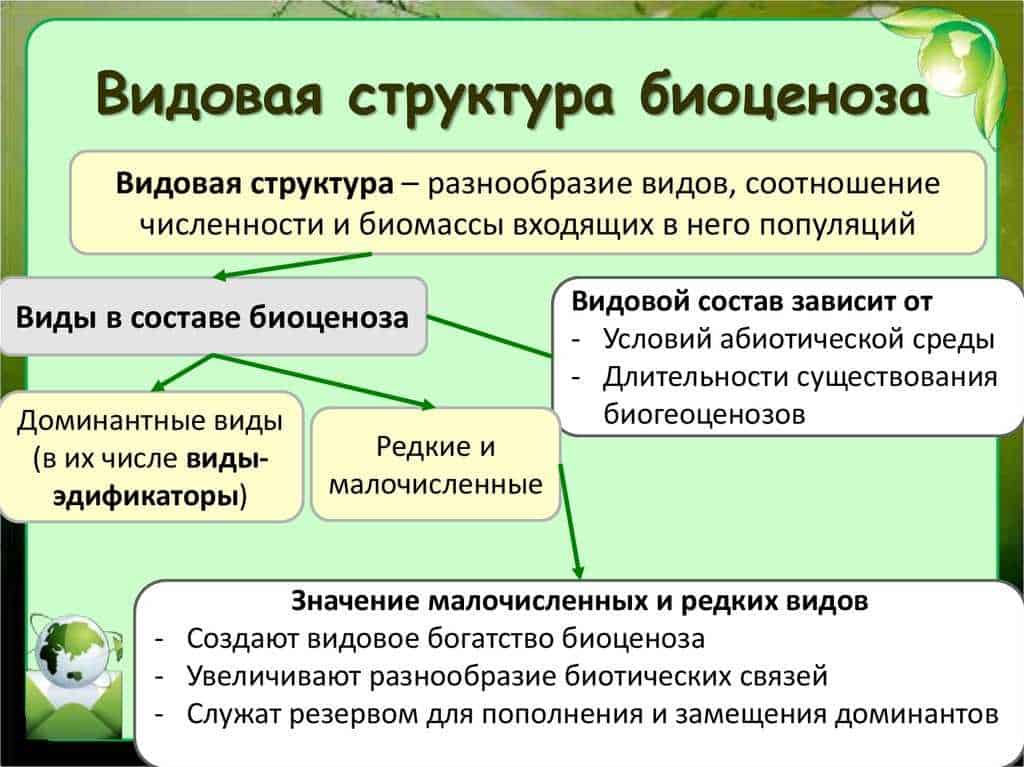
Butterflies play an important role in the ecosystem by interacting with other organisms. They perform the function of pollinators, transferring pollen from one flower to another, which contributes to the reproduction of plants and the preservation of their diversity.
The interaction of butterflies with plants:
Butterflies are important pollinators for many plant species. They feed on the nectar produced by the flowers and in doing so carry pollen from one flower to another. Thus, butterflies contribute to the pollination and reproduction of plants. In addition, some species of butterflies can be specialized pollinators for certain plant species, making them important for the conservation of biodiversity in an ecosystem.
Interaction of butterflies with predators:
Butterflies are food for many predatory animals such as birds, frogs, lizards and spiders. This creates a food chain in which butterflies are the link that connects the plant world with the animal world. The eating of butterflies by predators also controls their populations, helping to maintain a balance in the ecosystem.
Interaction of butterflies with parasites:
Some butterfly species are hosts for parasitic insects such as parasitoid wasp caterpillars. Parasitoid caterpillars feed on butterfly caterpillars, which reduces their populations. This influences the dynamics of butterfly populations and helps to maintain balance in the ecosystem.
Thus, the interaction of butterflies with other organisms is an important component of a healthy ecosystem. They act as pollinators for plants, are a food source for predators, and are controlled by parasites. Understanding and preserving this interaction helps maintain biodiversity and stability in natural communities.
Butterflies and air quality
Butterflies are sensitive indicators of air quality in an ecosystem. They have thin antennas that contain chemical receptors that can detect the presence of various substances in the air. If the air is polluted with toxic substances such as pesticides or industrial emissions, butterflies can suffer poisoning and even die.
A decrease in the number and diversity of butterflies in any area may indicate unfavorable conditions for their existence, including poor air quality. The absence of butterflies can be an indicator of the presence of harmful substances in the atmosphere, which can adversely affect the health of humans and other living organisms.
Research showsthat air pollution affects the ability of butterflies to reproduce and survive. Some butterfly species are very sensitive to even small amounts of pollution and may disappear from certain areas due to poor air quality. This can lead to ecosystem disruption, as butterflies play an important role in plant pollination and are food for other animals.
Conservation and restoration of butterfly biodiversity important for maintaining ecosystem health and air quality. This can be achieved by reducing pollutant emissions, using more environmentally friendly farming practices, and limiting the use of chemical pesticides. It is also important to create and maintain special protected areas where butterflies can find suitable living and breeding conditions.
Butterflies and soil conditions
Butterflies are important indicators of ecosystem health, including soil health. They are sensitive to changes in soil quality and can signal potential problems or contamination.
One of the important factors affecting the presence of butterflies is the fertility of the soil. Butterflies prefer to breed and feed on plants that grow in fertile soil. If the soil is depleted or contaminated, this can lead to a decrease in the number of butterflies and their species diversity.
Soil quality also plays an important role in the development of butterflies. Some species of butterflies use the soil to lay their eggs or as a food source for their caterpillars. If the soil is too dense or contaminated with chemicals, this can adversely affect the development of butterflies and their offspring.
soil moisture also important for butterflies. They often choose places to lay eggs or feed where the soil is moist. If the soil is too dry, or vice versa, too wet, this can reduce the number of butterflies.
So, butterflies can serve as indicators of the state of the soil. Their presence or absence may indicate problems with soil fertility, quality and moisture. Therefore, in order to preserve biodiversity and the health of the ecosystem, it is important to pay attention to the condition of the soil and take measures to improve it.
Butterflies and pesticide use
The use of pesticides is one of the main reasons for the decline in the number and species diversity of butterflies. Pesticides, such as insecticides and herbicides, are used to kill pests and weeds, but often have negative effects on butterflies and their larvae.
Pesticides can harm butterflies by entering their body and causing various side effects. They can lead to disruption of the development of larvae, a decrease in their survival and an increase in mortality. Toxic substances in pesticides can also have a negative effect on adult butterflies, affecting their reproduction, feeding and spatial orientation.
In addition, the use of pesticides can destroy the butterflies' natural food sources. Some species of butterflies feed on certain plants that can be destroyed by pesticides. This leads to limited access to food and a decrease in the butterfly population.
Excessive use of pesticides in agriculture and horticulture also has a negative impact on ecosystems in general. The decrease in the number and diversity of butterflies can lead to disruption of food chains and biological balance. Butterflies play an important role in plant pollination and also serve as a food source for other animals, including birds and bats.
To save butterflies and the health of the ecosystem, it is necessary to reduce the use of pesticides and switch to more environmentally friendly methods of pest and weed control. This may include the use of biological control methods, the use of repeller plants, and the creation of favorable conditions for the development of butterflies and their food sources.
Butterflies and climate change
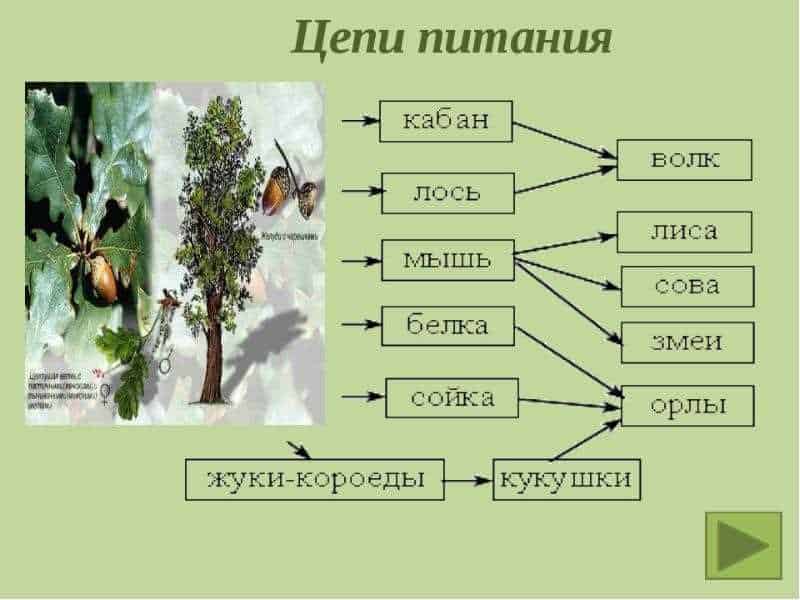
Climate change has a significant impact on the life of butterflies. Due to global warming and changing weather conditions, many species of butterflies face difficulties in adapting to new environmental conditions.
Temperature increase leads to a change in the time of appearance of butterflies, since they depend on certain temperature conditions for their development. Some species are forced to shorten their life cycle in order to have time to complete their development before the end of the season. This can lead to food shortages for other organisms that normally feed on butterflies.
Precipitation change also affects butterflies. The lack of moisture can lead to a decrease in the amount of vegetation, which is a source of food and shelter for butterflies. In addition, weather changes can lead to an increase in the frequency and intensity of natural disasters such as droughts or floods, which affects butterfly populations.
Butterflies are also important pollinators plants contribute to the conservation of biodiversity. Climate change may lead to a decrease in the number of butterflies, which may adversely affect vegetation and other organisms that depend on pollination.
Climate change is having a significant impact on butterflies and their interactions with other organisms. Therefore, it is necessary to conduct further research and take measures to preserve their abundance and diversity in a changing climate.
Butterfly protection and ecosystem conservation
Butterflies are an important indicator of the health of an ecosystem, so their protection and conservation play an important role in maintaining biodiversity. They perform many functions in nature, including pollinating flowers, providing food for other animals, and serving as food for birds and mammals.
However, modern ecosystems are exposed to various threats that negatively affect butterfly populations. Changing land use, including destruction of natural habitats and the use of pesticides, are the main factors influencing the decline in the number and diversity of butterflies.
One of the ways to protect butterflies and preserve the ecosystem is the creation and protection of nature reserves and reserves. This maintains the integrity and diversity of habitats required by butterflies and other species. The creation of nature reserves contributes to the preservation of the integrity of nature and provides an opportunity for scientific researchers to study and monitor butterfly populations.
An important aspect of butterfly protection is also the reduction of the use of pesticides and the adoption of environmentally sound agricultural practices. Pesticides can adversely affect butterflies, causing poisoning and death in them, as well as destruction of their habitats. Therefore, it is important to encourage farmers to use more environmentally friendly alternatives to protect their crops.
Education and public awareness also play an important role in protecting butterflies. People need to be aware of the importance of butterflies in the ecosystem and what activities can harm butterfly populations. Butterfly education programs, publications and events can help raise awareness and engagement in protecting these beautiful insects and their habitats.
Thus, the conservation of butterflies and their habitats is an important element in the conservation of the ecosystem as a whole. Butterfly protection requires the joint efforts of government agencies, scientific researchers, farmers and the public. Only by joint efforts can we preserve these beautiful and important creatures and maintain a balance in nature.


